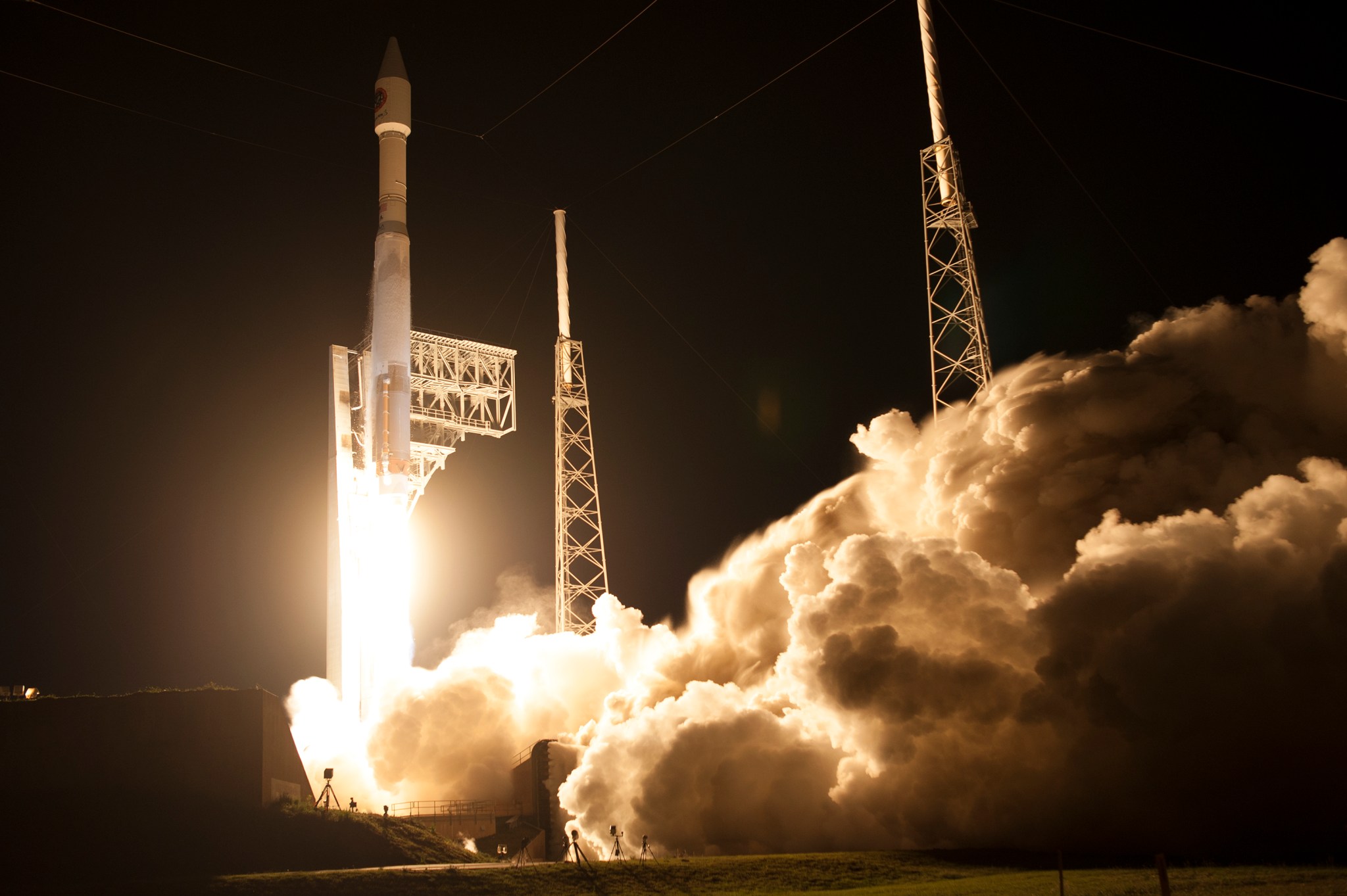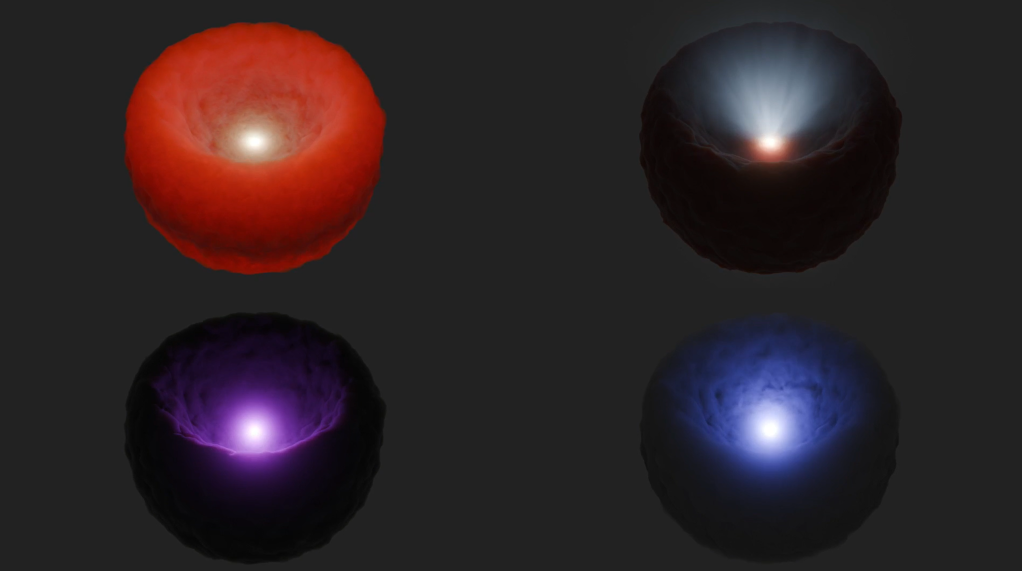
NASA has opened media accreditation for the next Orbital ATK launch of a commercial resupply mission to the International Space Station. The Cygnus spacecraft is targeted to launch March 19, during a 30-minute window that opens at approximately 10:56 p.m. EDT.
Cygnus will launch on a United Launch Alliance Atlas V rocket from Space Launch Complex 41 at Cape Canaveral Air Force Station (CCAFS) in Florida. The spacecraft will carry crew supplies and vehicle hardware to the orbital laboratory to support the Expedition 50 and 51 crews.
Media prelaunch and launch activities will take place at CCAFS and NASA’s nearby Kennedy Space Center.
- International media without U.S. citizenship must apply by 4:30 p.m. on Wednesday, Feb. 15, for access to Cape Canaveral and Kennedy.
- International media without U.S. citizenship must apply by 4:30 p.m. on Monday, March 6, for access to Kennedy.
- U.S. media must apply by 4:30 p.m. Thursday, March 9.
All media accreditation requests should be submitted online.
International media are required to upload a scanned copy of their media visa and passport or green card with their accreditation requests. Media must present two forms of unexpired, government identification to enter Kennedy. One form must include a photo, such as a passport or driver’s license.
Questions about accreditation may be addressed to Jennifer Horner at jennifer.p.horner@nasa.gov or 321-867-6598. For other questions, or additional information, contact Kennedy’s newsroom at 321-867-2468.
Investigations scheduled on this launch include an Advanced Plant Habitat, which will integrate new technology to increase overall efficiency, reliability, and robustness of plants grown on station. This experiment will build on the success of NASA’s Veggie, the first fresh food growth system on station, and will provide ongoing research for the development of food production systems for long-duration exploration missions.
Manipulating cell cultures in space is challenging as the cells can spontaneously grow in 3-D. Another new investigation bound for the U.S. National Laboratory will look at using magnetized cells and tools to make it easier to handle cells and cultures, and improve the reproducibility of experiments.
The Slosh Coating experiment will investigate a special type of coating that can repel liquids when applied to container walls. If effective, the liquid repellent could be used to design more efficient storage tanks for propellant and other fluids used in space exploration.
There also will be a number of CubeSats onboard Cygnus that will be deployed from the NanoRacks CubeSat Deployment on the space station, including a NASA science payload known as IceCube, which will provide data to scientists’ understanding of ice clouds and their role in climate change.
The International Space Station is a convergence of science, technology and human innovation that demonstrates new technologies and makes research breakthroughs not possible on Earth. The space station has been occupied continuously since November 2000. In that time, more than 200 people and a variety of international and commercial spacecraft have visited the orbiting laboratory. The space station remains the springboard to NASA’s next great leap in exploration, including future missions to an asteroid and Mars.
The NASA TV schedule and video streaming information is available online. Visit the agency’s website for more information about the mission including launch countdown coverage and NASA’s launch blog.
-end-
Cheryl Warner
Headquarters, Washington
202-358-1100
cheryl.m.warner@nasa.gov
Stephanie Martin
Kennedy Space Center, Fla.
321-867-2468
stephanie.a.martin@nasa.gov



























